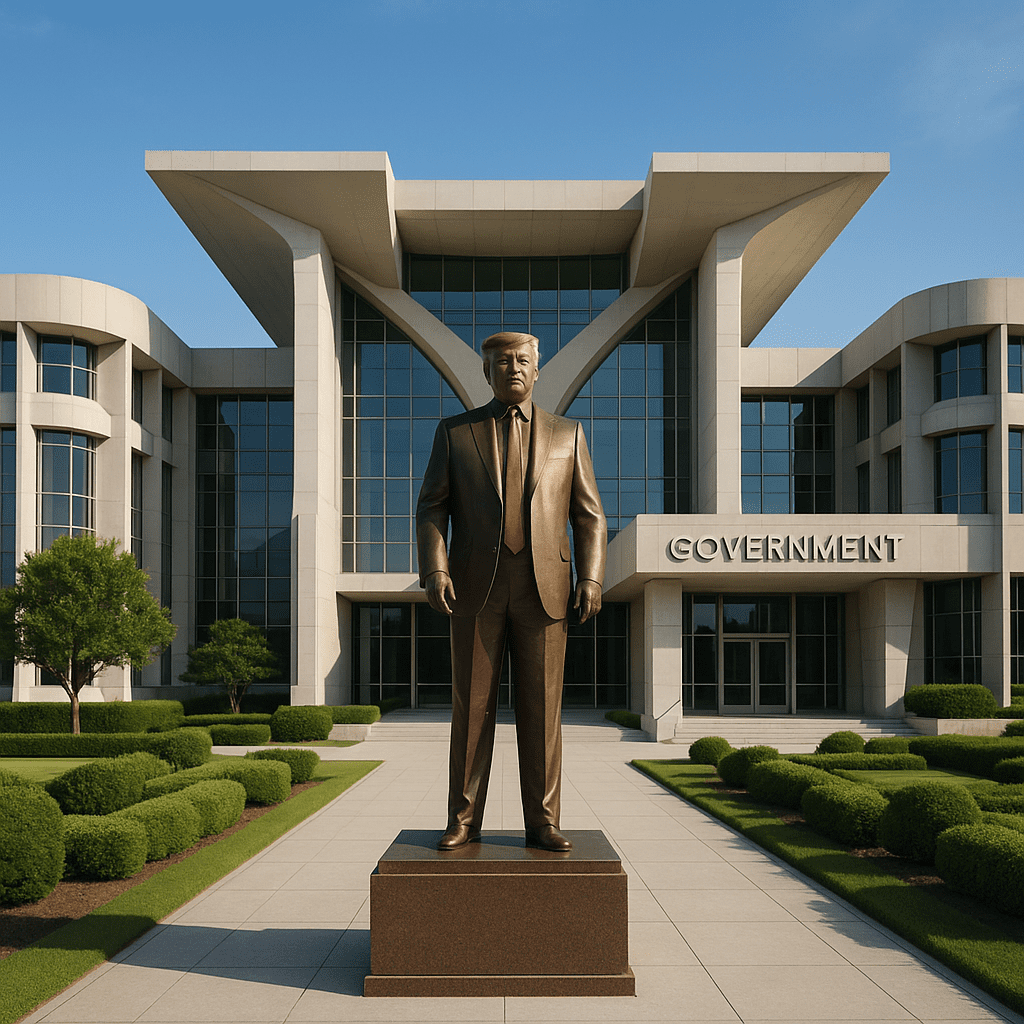In a decisive effort to enhance governmental efficiency and reduce federal expenditures, President Donald J. Trump has initiated a comprehensive downsizing of the federal bureaucracy. Central to this initiative is the establishment of the Department of Government Efficiency (DOGE), led by senior advisor Elon Musk. This strategic move aims to eliminate waste, fraud, and abuse within federal agencies, aligning with the administration’s commitment to fiscal responsibility.
The administration’s approach includes the termination of non-essential governmental entities and advisory committees. Executive orders have been signed to eliminate or reduce to statutory minimums several agencies, such as the Federal Mediation and Conciliation Service and the United States Agency for Global Media. These actions are projected to save taxpayer dollars and streamline government operations.
A significant component of this reform is the reduction of the federal workforce. As of April 2025, over 275,000 federal civil service layoffs have been announced, representing approximately 12% of the 2.4 million civilian federal employees. These reductions have been achieved through a combination of layoffs, voluntary buyouts, and early retirements. The administration asserts that these measures will enhance accountability and promote innovation within the government.
However, the implementation of these cuts has not been without challenges. The Bureau of Prisons (BOP), for instance, has faced a partial hiring freeze, exacerbating existing issues of understaffing and deteriorating infrastructure. The BOP director has indicated that while critical positions will still be filled, general hiring will be limited to avoid more extreme measures. This situation underscores the delicate balance between reducing expenditures and maintaining essential services.
Furthermore, the administration’s efforts have encountered legal obstacles. A federal judge in San Francisco temporarily blocked significant portions of the downsizing plan, emphasizing the necessity for the president to collaborate with Congress for such structural reforms. This ruling highlights the complexities involved in executing large-scale governmental changes and the importance of adhering to legal frameworks.
The financial impact of these initiatives has also been scrutinized. While DOGE initially projected savings of $2 trillion, this estimate was later revised to $150 billion. As of April 2025, DOGE claims to have saved $160 billion; however, independent analyses suggest that the actual savings may be significantly lower, with some estimates indicating that the cuts and associated costs have resulted in a net loss of $135 billion. These discrepancies point to the challenges in accurately assessing the financial outcomes of such extensive reforms.
Despite these hurdles, the administration remains steadfast in its commitment to reducing the federal footprint and returning power to local communities and state governments. By eliminating duplicative programs and focusing on core governmental functions, the administration aims to create a more efficient and accountable federal government.
In conclusion, President Trump’s initiative to streamline the federal bureaucracy represents a bold and necessary step towards enhancing governmental efficiency. While the path to achieving these goals is complex and fraught with challenges, the administration’s dedication to fiscal responsibility and accountability is clear. As these reforms continue to unfold, it is essential to monitor their implementation closely to ensure that the intended benefits are realized without compromising essential services. The administration’s commitment to addressing these challenges head-on provides a foundation for a more efficient and responsive government.
—
Eric Nolan writes about infrastructure, government spending, and bureaucratic growth. His focus is on how public projects get approved—and how often they go over budget.



